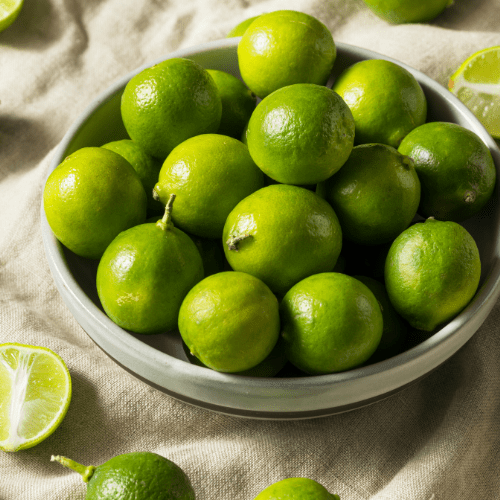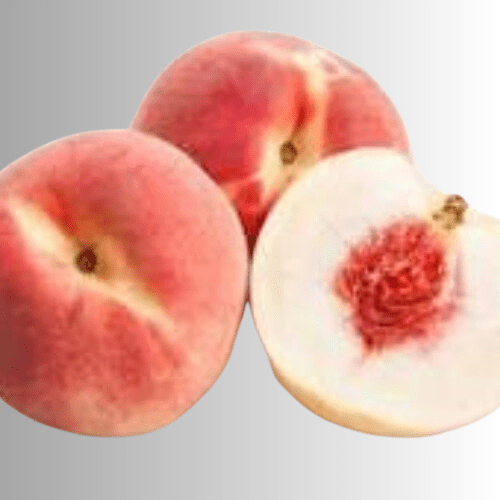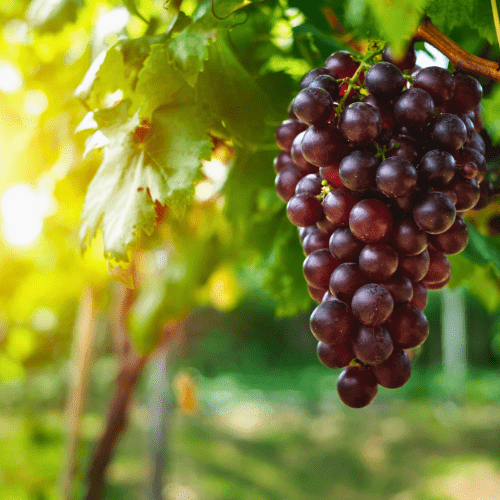Position
Full sun in a spot sheltered from the wind is best. Limes do not tolerate cold temperatures and will not thrive in places that dip to 10 degrees Celsius or below. If your garden is exposed to cold conditions, plant your lime tree in a pot so that it is possible to move it to a sheltered spot, possibly indoors. Plant your tree with a space of at least five mts all around.
Size
A full-grown lime tree can be 5 mts tall and 5 mts wide. A seedling will take between 3 and 6 years to bear fruit and reaches production at 8 to 10 years old.
Soil Type
Lime trees thrive in warm, moist soil, well-enriched with nutrients, whether in a pot or a garden. However, the soil needs to have excellent drainage, as any residual moisture will threaten the survival of the tree.
Mulching
Add a thick layer of pine bark mulch, keeping it about 20 to 30 centimetres away from the tree trunk (any closer may cause excess moisture and damage the trunk). This will retain the moisture in the soil and will prevent weeds from taking over.
Watering
Water your lime tree frequently but conservatively. Key Lime Trees do better with regular sprinklings rather than heavy soaking.
Fertilising
The lime trees feed heavily on the soil around them, quickly depleting the natural nutrient content.
Use our slow-release nitrogen-rich fertiliser, like our all plant fertiliser (which is excellent for citrus) Apply 1 teaspoon of our berry fertiliser every 4-5 months.
Pests and Diseases
Aphids, citrus psylla, red scale, citrus greening. Spraying regularly with Agricultural Neem Oil or Effective Microorganisms (EM Control ) will assist in either prevention or after the fact. If you already have aphids or mites, wash the tree with a harsh hosing, and when dry, spray with Neem oil or EM Control.
Practice good garden hygiene (remove fallen fruit and leaves).
Watch for root rot (if overwatered) and fungal infections during wet periods.
Pruning
Lime trees are easy to care for because they don’t require much pruning. However, it’s wise to prune them at least once every year or two for optimal conditions. Pruning helps to prevent disease, strengthens the limbs, and produces better, healthier fruits.
Harvesting
Your Key lime tree will likely produce fruit during summer, but some produce all year round. Pick the delicious limes when they are vibrant green and juicy inside. By the time they have turned yellow and wrinkled, they are over-ripe and will be bitter.








